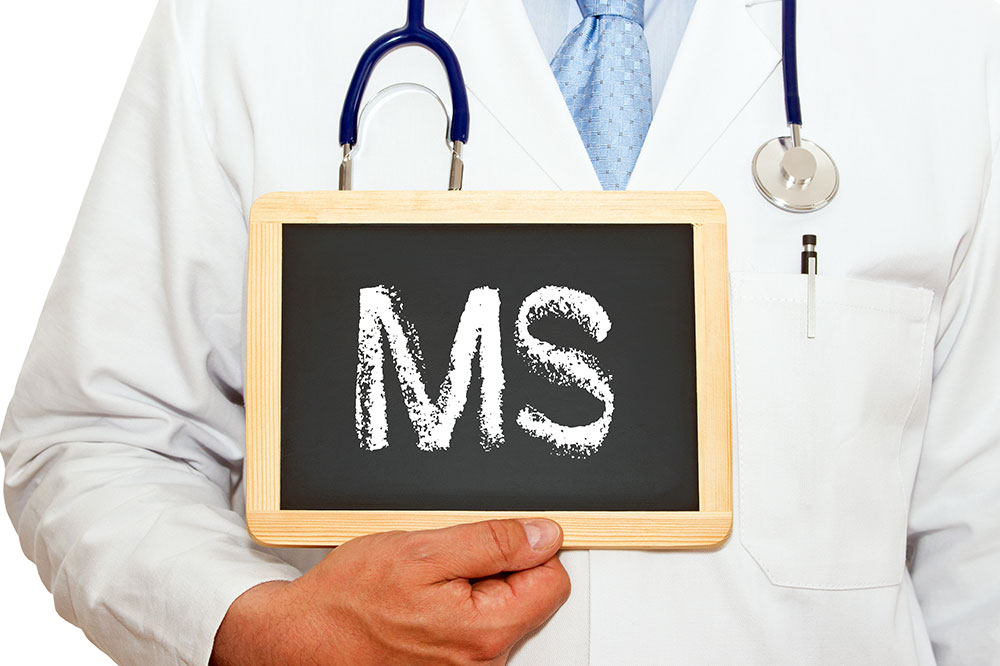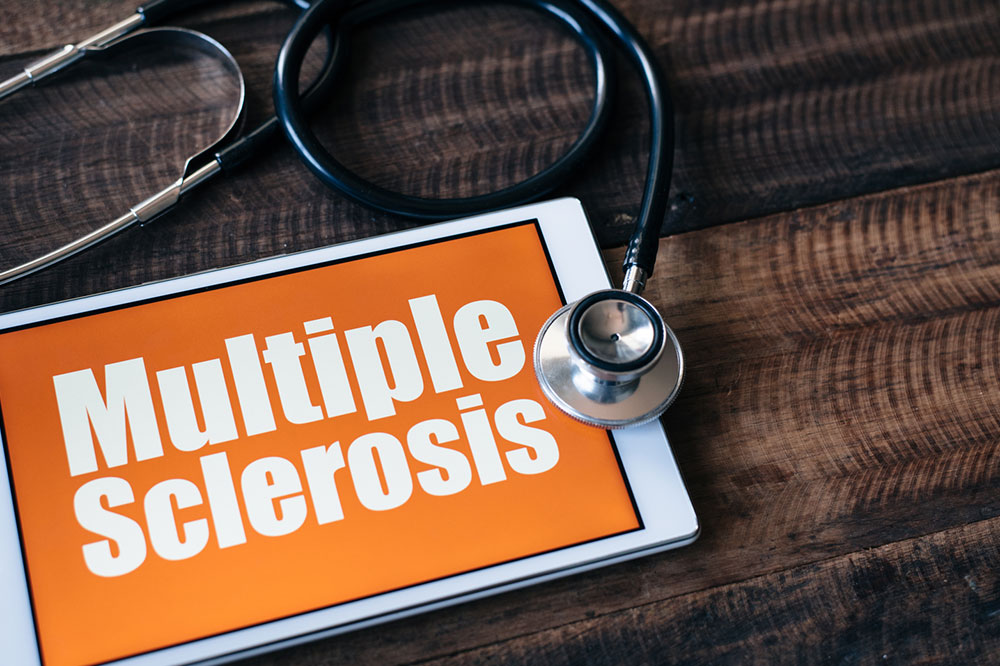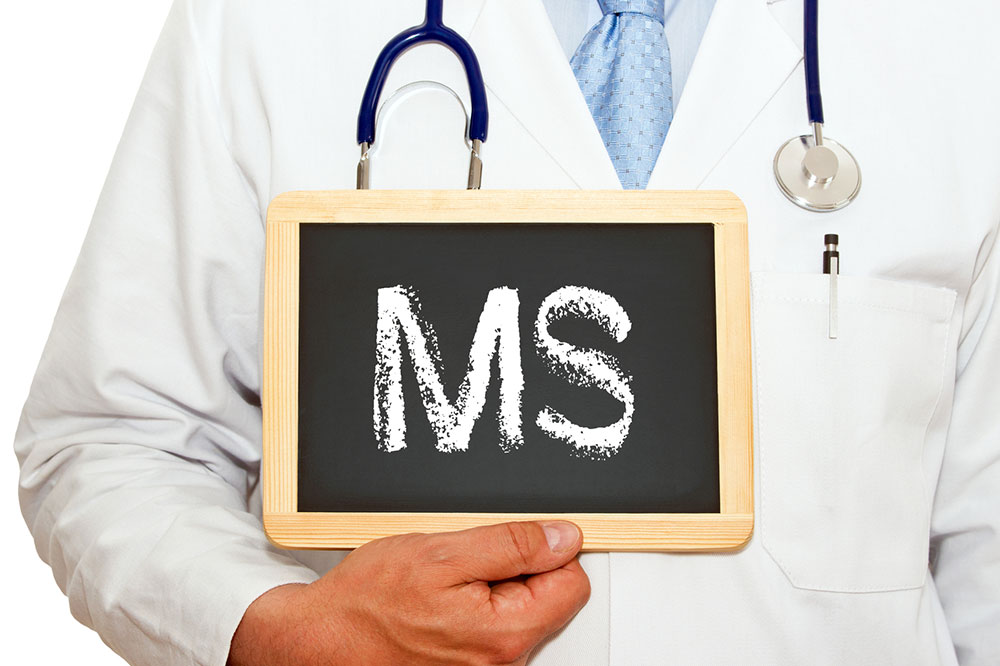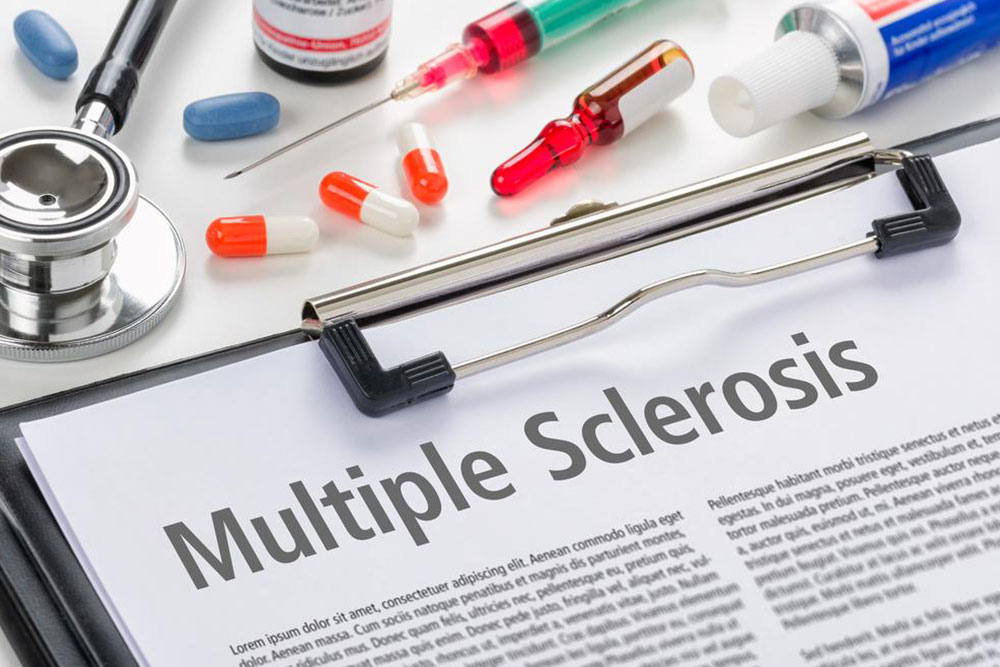Recognizing and Managing Multiple Sclerosis: A Comprehensive Guide
This guide provides a comprehensive overview of multiple sclerosis, including symptoms, types, and treatment options. It emphasizes the importance of early diagnosis and management strategies to slow disease progression. While there is no cure, FDA-approved therapies can help control symptoms and improve quality of life. Understanding MS is crucial for patients, caregivers, and healthcare providers to make informed decisions and seek professional care promptly.

Recognizing and Managing Multiple Sclerosis: A Comprehensive Guide
Multiple sclerosis (MS) is a long-term condition affecting the central nervous system, including the brain, spinal cord, and optic nerves. It is an unpredictable illness that interferes with communication between the brain and body. While the exact cause remains uncertain, many experts believe it is an autoimmune disorder where the immune system attacks the protective myelin sheath surrounding nerve fibers. This damage results in scar tissue, known as plaques or lesions, hindering effective signal transmission from the brain to the body.
When the myelin is damaged, symptoms can vary widely and change over time. Because MS impacts the central nervous system, symptoms often appear in different parts of the body. Common signs include muscle weakness, numbness or tingling, bladder and bowel issues, fatigue, chronic pain, dizziness, visual disturbances, and mood swings or depression.
Common Symptoms
MS presents with diverse symptoms that can differ between individuals and fluctuate over time. Since it affects the nervous system that controls movement, symptoms may appear in various body regions. Typical MS symptoms include:
Muscle weakness
Numbness and tingling in the face, limbs, or torso
Problems with bladder and bowel control
Persistent fatigue
Chronic pain
Dizziness and vertigo
Vision issues
Mood fluctuations and depression
Types of MS
MS is categorized into four primary types:
Clinically isolated syndrome (CIS): An initial episode of neurological symptoms lasting about 24 hours, caused by myelin damage. Subsequent episodes may lead to a formal MS diagnosis.
Relapsing-remitting MS (RRMS): The most prevalent form, characterized by episodes of symptom flare-ups followed by periods of remission, where symptoms lessen or disappear.
Primary progressive MS (PPMS): Symptoms gradually worsen over time, with occasional periods of stability.
Secondary progressive MS (SPMS): Begins with RRMS, but over time, symptoms intensify, and relapses become less frequent.
Treatment Options
Although there is currently no cure for MS, therapies aim to reduce progression and manage symptoms. Multiple disease-modifying drugs (DMDs) have received FDA approval, which modulate immune responses, slow disease advancement, and decrease relapse rates. These medications may be oral, injectable, or infused, with dosing tailored to the specific drug and disease stage. Early treatment can significantly impact disease control. A complete list of approved medications is available on the National Multiple Sclerosis Society's website.
Disclaimer:
The information provided regarding symptoms, treatments, and health conditions is intended solely for informational purposes. It should not replace professional medical advice. Always consult healthcare professionals before making medical decisions or starting new treatments.










